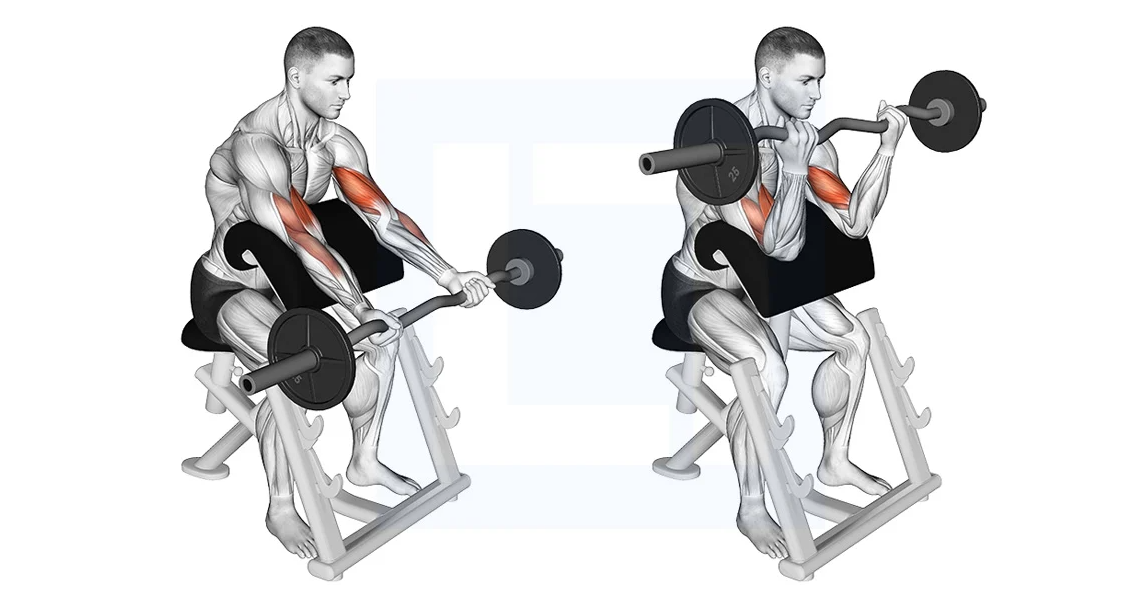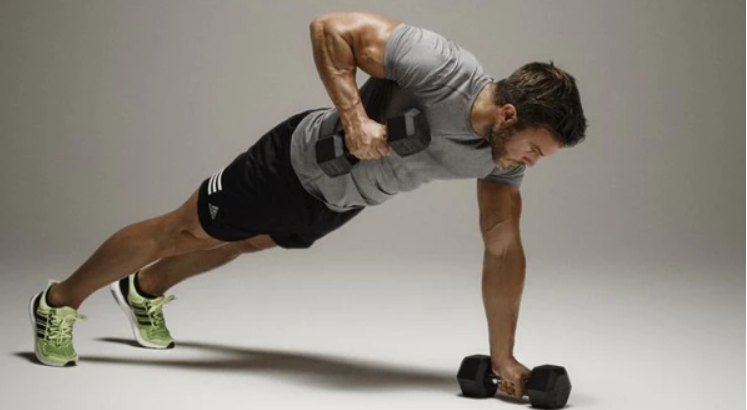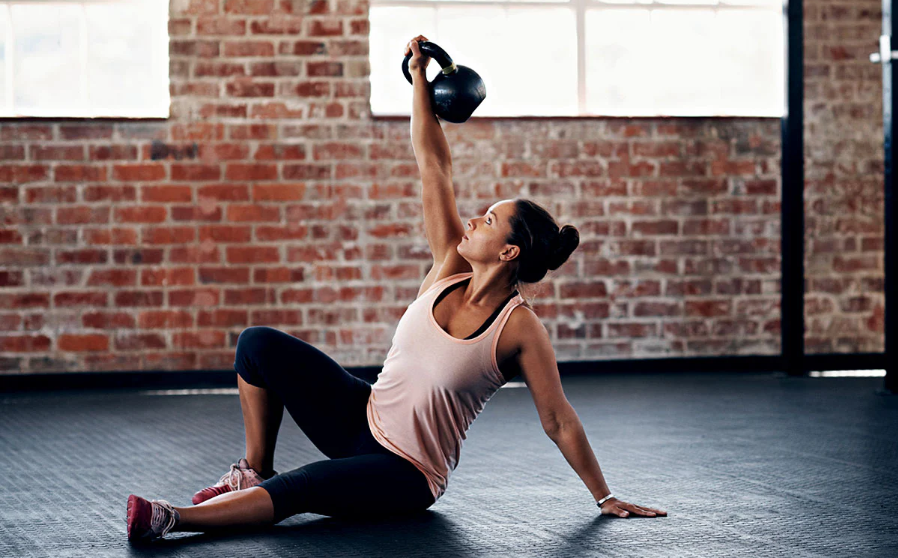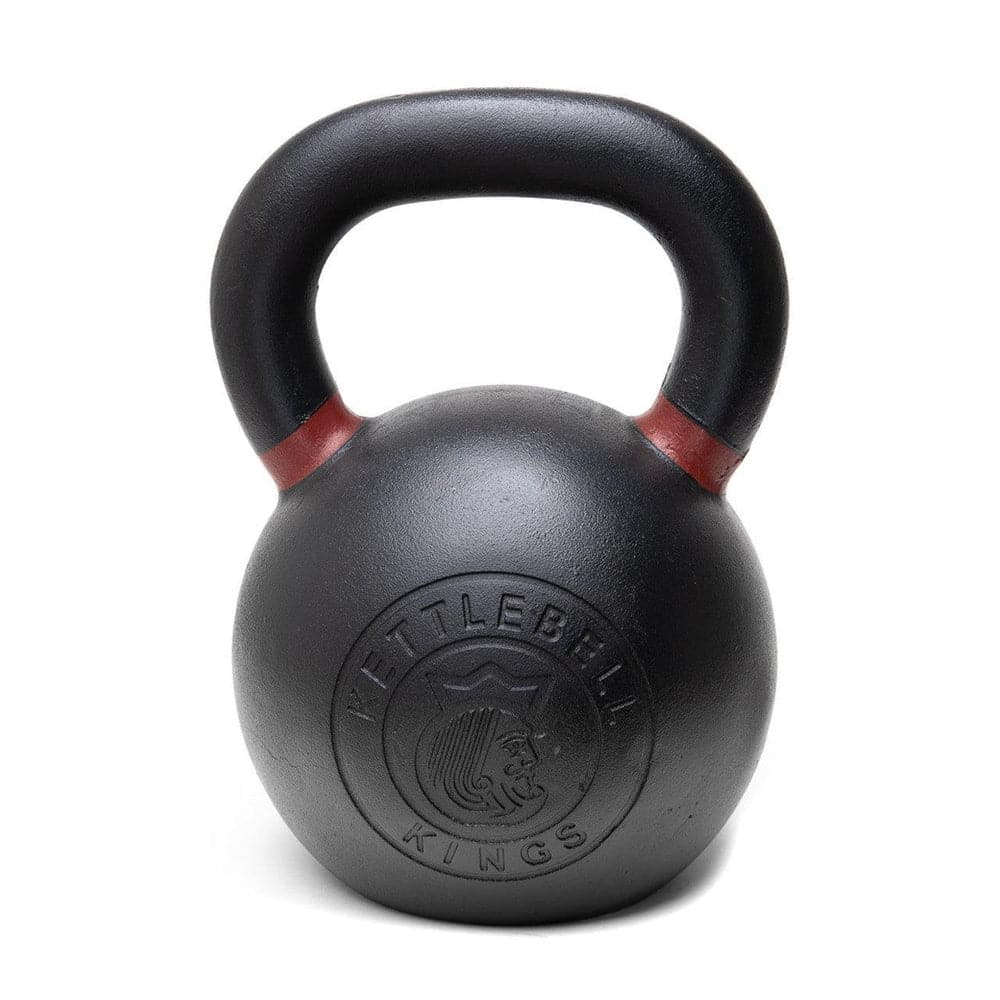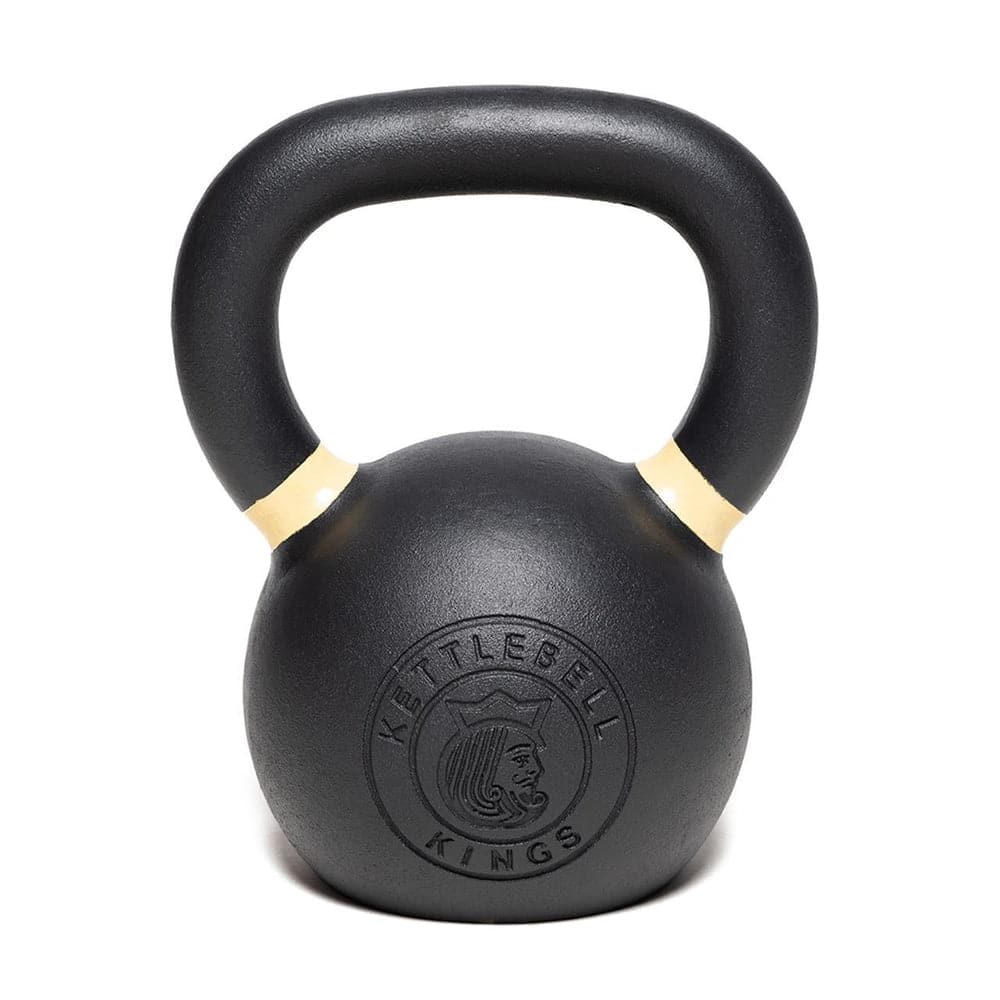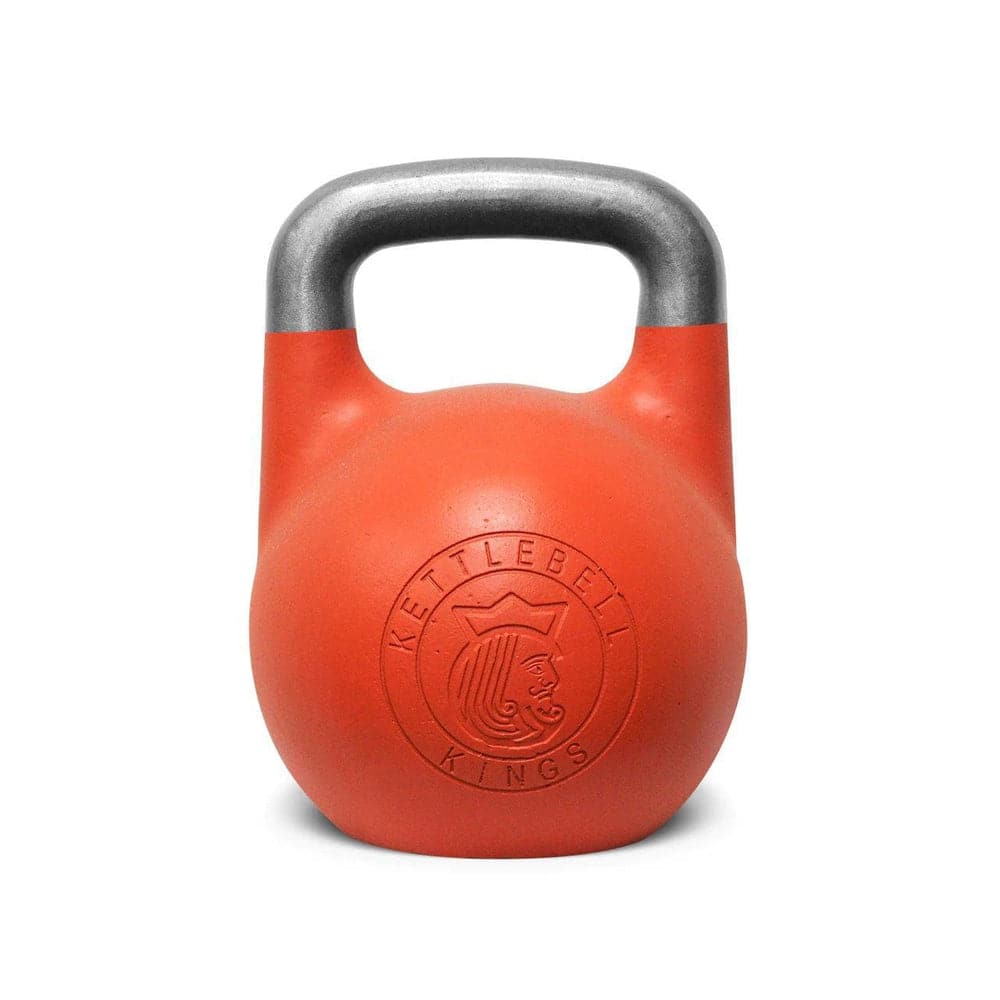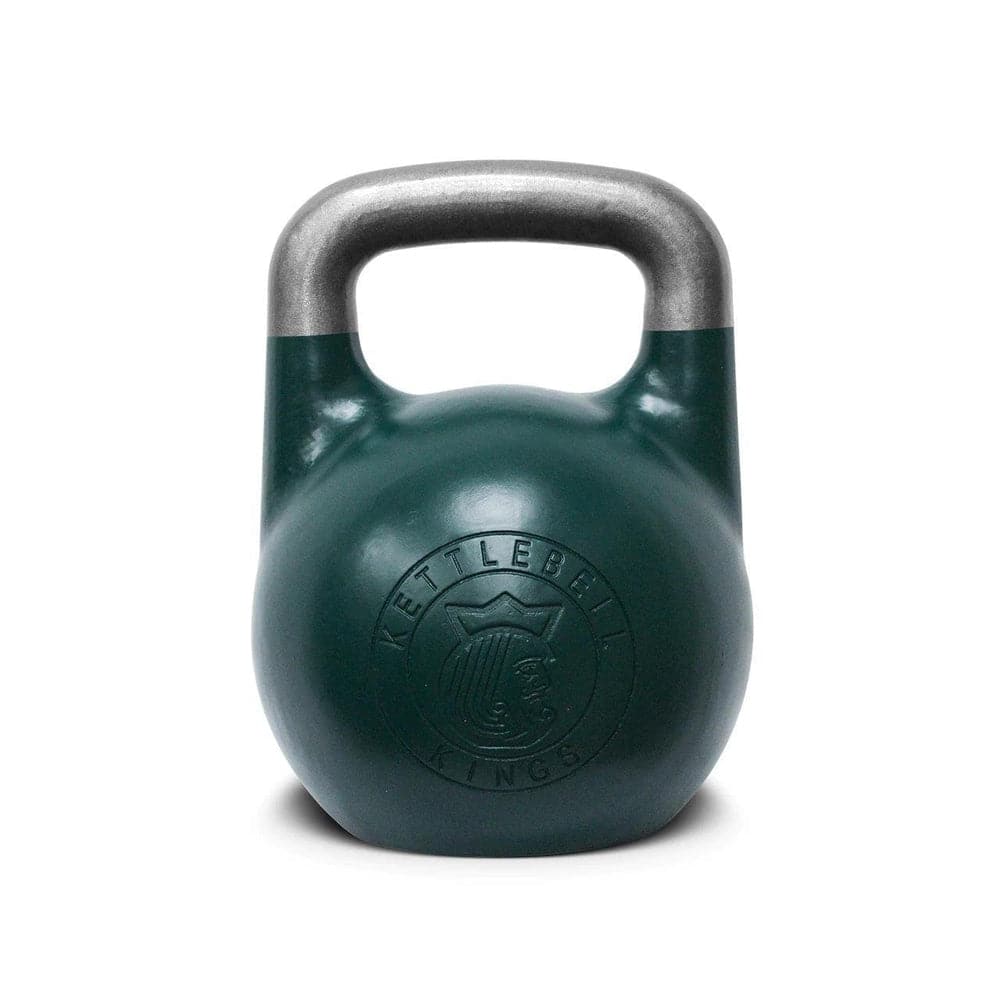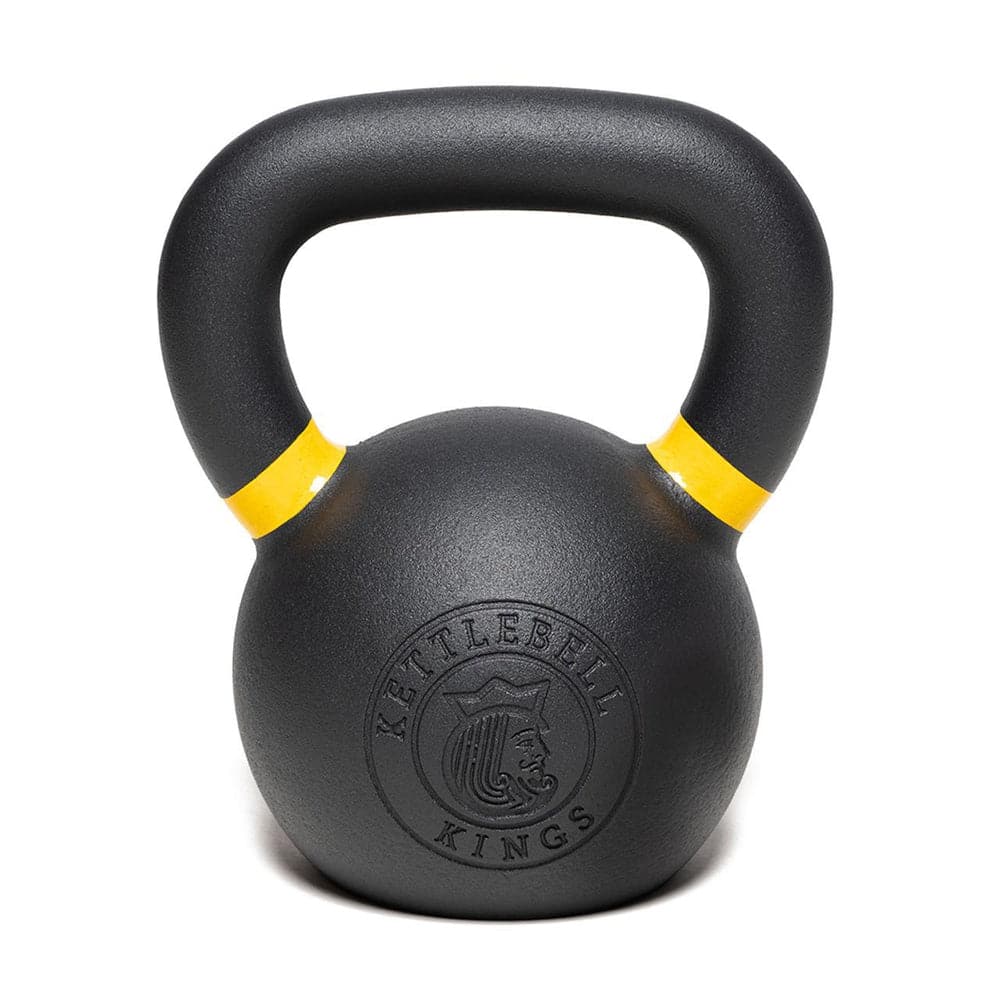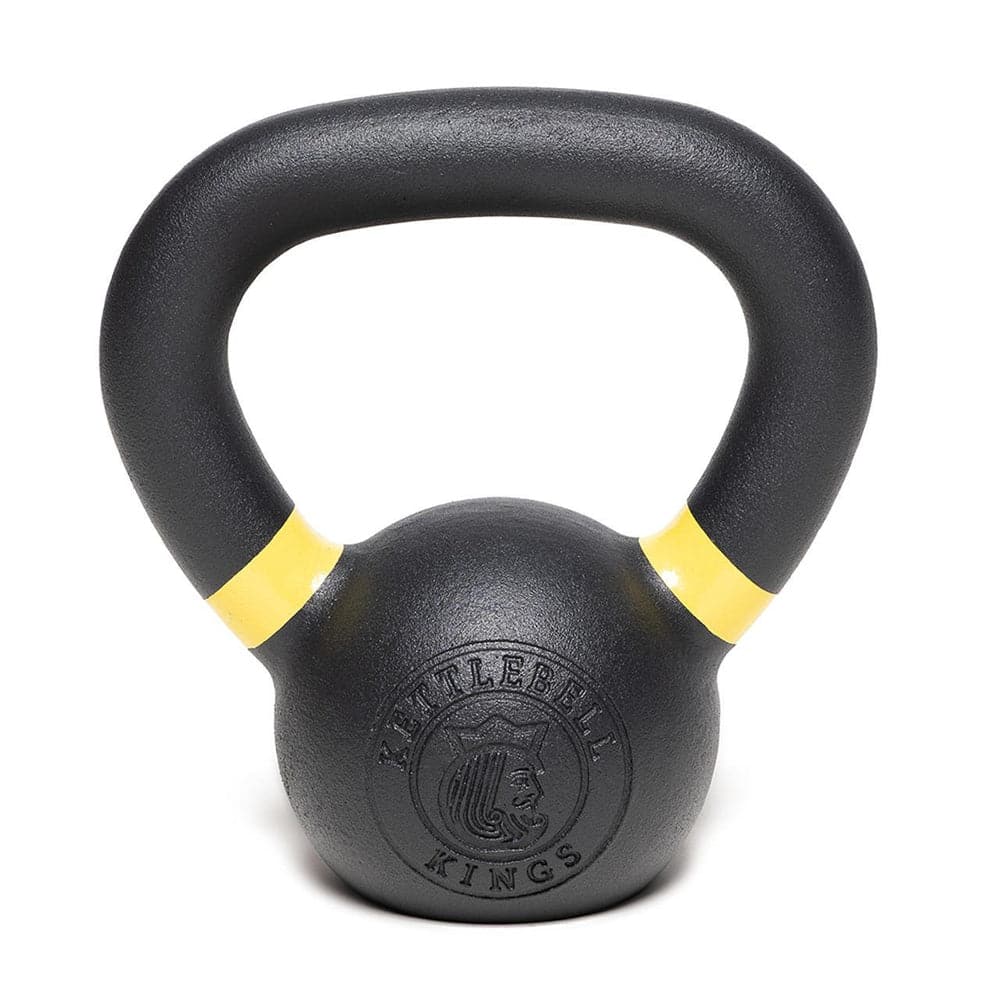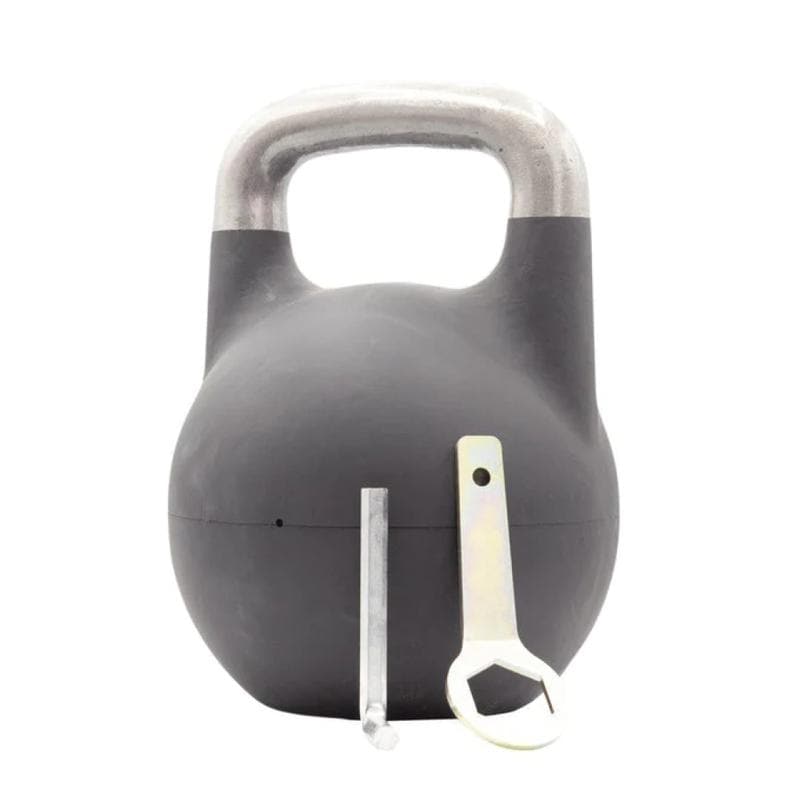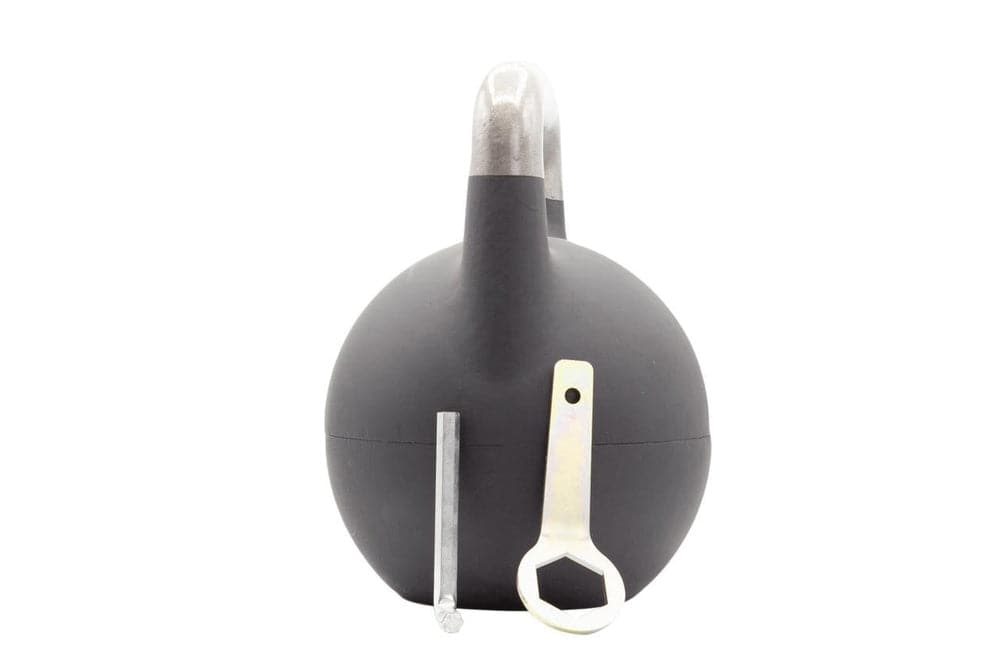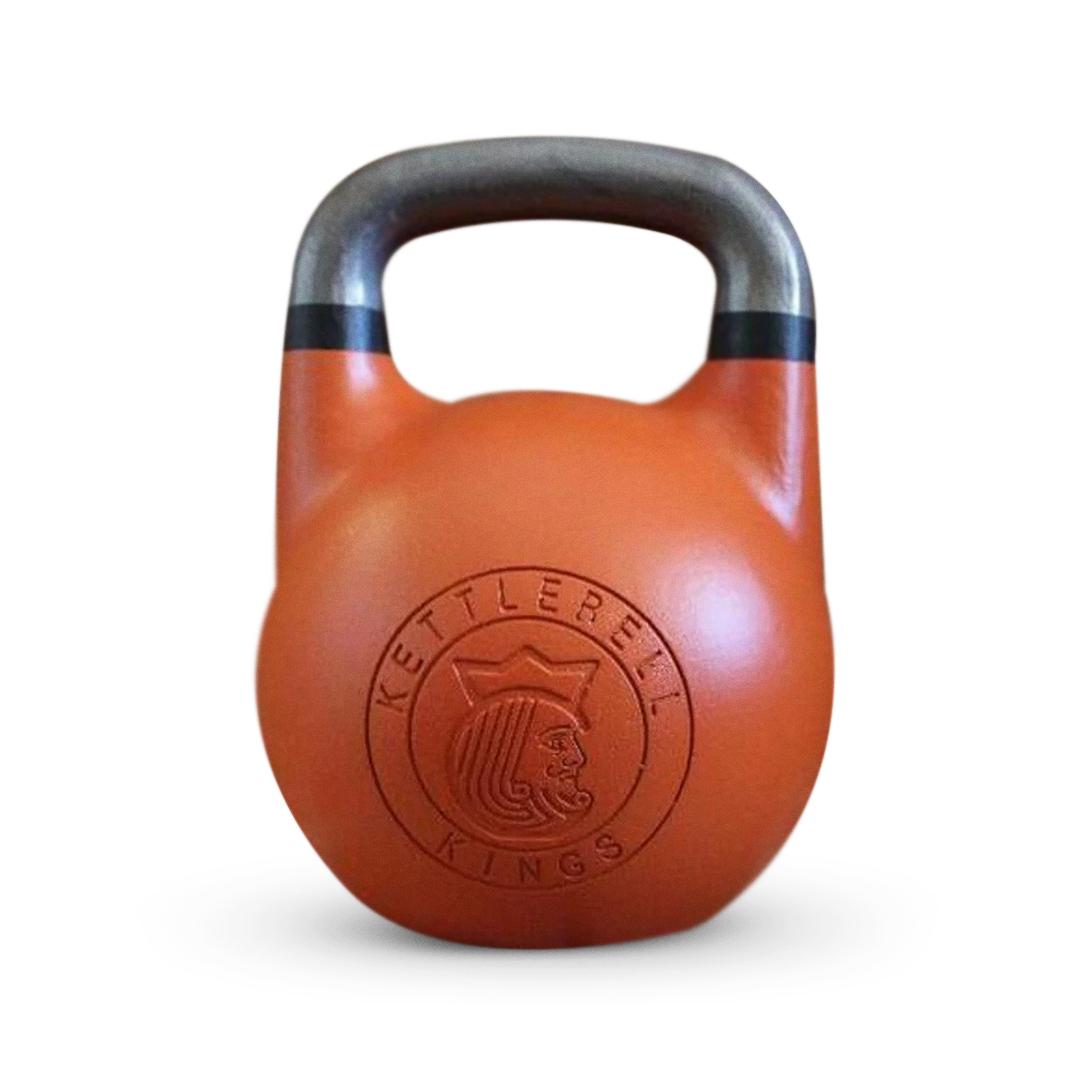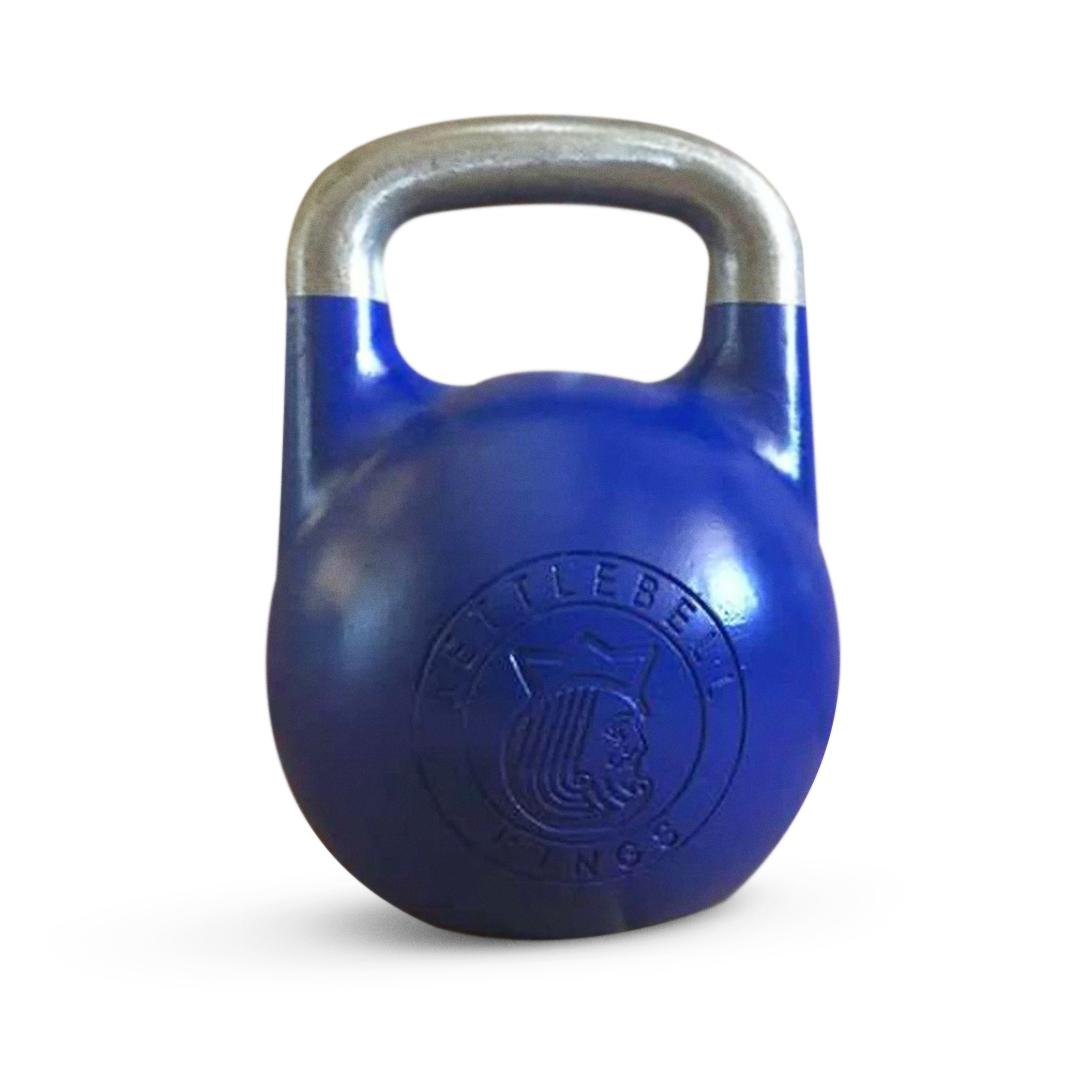Building impressive biceps is a goal for many fitness enthusiasts, as well-defined arms are often associated with strength and fitness. Preacher curls have long been a staple in bicep training routines due to their effectiveness in isolating the bicep muscles and providing a strong contraction. However, while preacher curls are a popular choice for targeting this muscle group, they are not the only effective exercise out there. In fact, relying solely on one type of exercise can limit your overall progress and lead to muscle imbalances.
This article will explore the seven best alternatives to preacher curls, offering insights into how each exercise works, the muscle groups they target, and tips for maximizing your gains. Each alternative presents its own set of benefits, from enhancing bicep peak development to improving overall arm strength. Whether you’re at the gym or working out at home, these exercises can easily be integrated into your routine to complement your bicep training. By incorporating these Preacher Curl alternatives, you can diversify your workout regimen, optimize your training results, and ultimately achieve the impressive biceps you desire.
Introduction to preacher Curls
Preacher curls are a highly regarded exercise in the realm of strength training, particularly known for their ability to isolate and develop the bicep muscles effectively. This exercise is performed using a preacher curl bench, which features an angled pad that supports the upper arms while allowing the forearms to move freely. By stabilizing the arms, preacher curls minimize the risk of using momentum and encourage strict form, making them an excellent choice for targeting the bicep brachii.
One of the primary advantages of preacher curls is their ability to enhance the peak of the bicep, contributing to a fuller appearance. The unique positioning also allows for a greater stretch in the muscle, which can lead to more effective muscle engagement and growth. Additionally, preacher curls can help to strengthen the forearms, as the grip required for the movement engages various muscles in the lower arm.
Despite their popularity, preacher curls are just one of many exercises available for bicep development. While they offer distinct benefits, it's essential to incorporate a variety of movements to achieve balanced muscle growth and prevent plateaus. As you explore the potential of preacher curls, consider how they fit into your overall training program and be open to experimenting with alternative exercises that can complement and enhance your bicep training routine.
What Are the Top Preacher Curls Alternatives for Bicep Growth?
Concentration Curls
Concentration curls are a highly effective isolation exercise that primarily targets the biceps brachii, allowing you to focus on squeezing the muscle at the peak of each rep.
How to Perform Concentration Curls
- Sit on a bench with your legs spread, feet flat on the floor.
- Hold a dumbbell in one hand and rest your elbow against the inner thigh of the same leg.
- Curl the weight towards your shoulder, keeping your upper arm stationary.
- Squeeze at the top for a moment before slowly lowering the weight back to the starting position.
- Repeat for the desired number of repetitions before switching arms.
Benefits: Concentration curls allow for a full range of motion and help develop peak bicep strength. The isolation of the bicep reduces the involvement of secondary muscles, making it easier to focus on form and contraction.
Cable Curls
Cable curls are an excellent alternative that utilizes a cable machine to provide consistent tension on the biceps throughout the movement, which can lead to better muscle activation and growth.
How to Perform Cable Curls
- Attach a straight bar or EZ bar to the low pulley of a cable machine.
- Stand facing the machine with your feet shoulder-width apart and grasp the bar with an underhand grip.
- Curl the bar towards your shoulders, keeping your elbows close to your body.
- Pause at the top of the movement, then lower the bar back to the starting position slowly.
Benefits: The constant tension from the cable machine ensures that your biceps are engaged throughout the entire range of motion, leading to more effective workouts and potentially greater hypertrophy.
Spider Curls
Spider curls are another isolation exercise that emphasizes the upper portion of the bicep, making it an excellent choice for those looking to enhance their bicep peak.
How to Perform Spider Curls
- Set an adjustable bench to a 45-degree angle and lie face down on it.
- Let your arms hang down with a dumbbell in each hand, palms facing up.
- Curl the weights towards your shoulders, focusing on squeezing the biceps at the top of the movement.
- Lower the dumbbells back to the starting position with control.
Benefits: By lying prone, spider curls eliminate momentum and allow for a strict form that specifically targets the biceps, helping to develop the peak and overall bicep definition.
How Do Dumbbell Exercises Compare to Preacher Curls for Bicep Development?
Dumbbell exercises offer a variety of benefits compared to preacher curls, including increased range of motion and the ability to incorporate different grips to target various aspects of the biceps. Here are three effective dumbbell exercises that can be great alternatives to preacher curls.
Incline Dumbbell Curls
Incline dumbbell curls not only work the biceps but also stretch them more than traditional curls, promoting growth.
How to Perform Incline Dumbbell Curls
- Set an incline bench to about 45 degrees and sit back with a dumbbell in each hand.
- Allow your arms to hang straight down, fully extending your elbows.
- Curl the dumbbells up towards your shoulders, keeping your upper arms stationary.
- Squeeze at the top and lower back down to the starting position with control.
Benefits: The incline position places the biceps in a stretched position at the start, enhancing muscle activation and contributing to greater growth potential.
Hammer Curls
Hammer curls target not only the biceps but also the brachialis, a muscle underneath the biceps, as well as the forearms, contributing to overall arm size.
How to Perform Hammer Curls
- Stand with a dumbbell in each hand, arms at your sides, palms facing your body.
- Curl the weights up while keeping your palms facing each other throughout the movement.
- Squeeze at the top and slowly lower the dumbbells back down.
Benefits: By utilizing a neutral grip, hammer curls engage more muscle fibers, improving overall arm development and enhancing grip strength.
Zottman Curls
Zottman curls are a unique exercise that alternates the grip, allowing for bicep development as well as forearm strength.
How to Perform Zottman Curls
- Stand with a dumbbell in each hand at your sides, palms facing up.
- Curl the weights up as you would in a standard curl.
- At the top, rotate your wrists so that your palms face down and lower the dumbbells slowly.
- Rotate back to the starting position at the bottom and repeat.
Benefits: This exercise works the biceps during the curl and the forearms during the eccentric (lowering) phase, making it an effective compound movement for overall arm growth.
What Barbell Exercises Can Replace Preacher Curls in Your Workout Routine?
Barbell exercises are an excellent way to build overall mass in the biceps and can be an effective replacement for preacher curls. Here are two great barbell options.
Standing Barbell Curls
Standing barbell curls are a fundamental exercise in many bodybuilding routines and help build overall arm size and strength.
How to Perform Standing Barbell Curls
- Stand with your feet shoulder-width apart, holding a barbell with an underhand grip.
- Curl the barbell towards your chest while keeping your elbows close to your body.
- Squeeze the biceps at the top, then lower the barbell slowly back down.
Benefits: This exercise allows you to lift heavier weights, stimulating greater muscle growth due to the increased load on the biceps.
EZ-Bar Curls
The EZ-bar curl is a variation that helps reduce strain on the wrists while still targeting the biceps effectively.
How to Perform EZ-Bar Curls
- Stand with an EZ-bar in hand, gripping the angled sections comfortably.
- Curl the bar towards your shoulders, keeping your elbows stationary.
- Lower the bar back down to the starting position with control.
Benefits: The angled grip of the EZ-bar allows for a more natural wrist position, making it easier on the joints while effectively targeting the biceps.
How Can You Modify Your Curl Technique to Target Different Parts of the Bicep?
Adjusting your grip and hand position can significantly influence which parts of the biceps are engaged during your workouts. Here are two techniques to consider.
Adjusting Grip Width
Changing your grip width can help emphasize different areas of the bicep. A wider grip tends to focus on the outer bicep, while a narrower grip emphasizes the inner bicep.
How to Adjust Grip Width
- Experiment with your grip on the barbell or dumbbells, keeping in mind your comfort level and stability.
- Perform curls with both grip widths to identify which areas of your biceps feel more engaged.
Benefits: By targeting different areas of the biceps, you can create a more balanced and aesthetically pleasing arm structure.
Varying Hand Position
Changing the hand position between supinated (palms up) and neutral (palms facing each other) can also alter muscle engagement.
How to Vary Hand Position
- Perform standard curls with a supinated grip to target the biceps.
- Switch to hammer curls with a neutral grip to engage the brachialis and forearms.
Benefits: This variation allows for comprehensive development of the arm muscles, ensuring that you are not neglecting any specific area.
What Are the Benefits of Using Cable Machines for Bicep Exercises?
Cable machines offer unique advantages that can enhance your bicep training. Here are a few reasons to consider incorporating them into your routine.
Constant Tension Throughout the Movement
One of the primary benefits of using cable machines is the constant tension they provide during the entire range of motion, which is not always possible with free weights.
How This Benefits Bicep Training
- Increased Muscle Activation: Continuous tension leads to greater muscle engagement, promoting hypertrophy.
- Reduced Risk of Injury: The controlled environment of a cable machine can help minimize the risk of injury associated with heavy free weights.
Versatility in Angle and Positioning
Cable machines allow you to adjust the height and angle of the cable, providing a variety of exercises that can target the biceps from different angles.
How This Benefits Bicep Training
- Varied Stimulus: Changing angles can hit the muscles differently, leading to improved strength and growth.
- Customization: You can tailor your workout based on your specific goals and muscle engagement preferences.
How Can You Incorporate Bodyweight Exercises as Alternatives to Preacher Curls?
Bodyweight exercises can also serve as effective alternatives to preacher curls, helping to build strength and endurance in the biceps. Here are two exercises to consider.
Chin-Ups
Chin-ups are a compound movement that primarily targets the biceps while also engaging the back muscles.
How to Perform Chin-Ups
- Grab a pull-up bar with an underhand grip, hands shoulder-width apart.
- Pull your body up until your chin is above the bar, keeping your elbows close to your body.
- Lower yourself back down to the starting position with control.
Benefits: Chin-ups effectively target the biceps while also working the lats and back, making them a fantastic compound movement for upper body strength.
Inverted Rows
Inverted rows are another bodyweight exercise that targets the biceps while also engaging the upper back and core.
How to Perform Inverted Rows
- Set a barbell at waist height on a squat rack or use TRX straps.
- Lie underneath the bar and grasp it with an underhand grip, keeping your body straight.
- Pull your chest up to the bar while keeping your elbows close to your sides.
- Lower back down and repeat.
Benefits: Inverted rows provide a unique angle of resistance that targets the biceps while also strengthening the back and core, creating a balanced upper body workout.
What Role Do Secondary Muscle Groups Play in Bicep Exercises, and How Can You Target Them?

When training the biceps, it’s important to understand the role of secondary muscle groups, including the brachialis and forearms, in developing overall arm strength and aesthetics.
Forearm Engagement in Curl Variations
Many bicep exercises also engage the forearms, contributing to grip strength and overall arm development.
How to Target Forearms
- Incorporate exercises like hammer curls and Zottman curls that specifically engage the forearms.
- Focus on grip strength during your bicep workouts by using different grips and incorporating forearm-specific exercises.
Benefits: A strong grip is crucial for performing a variety of lifts and can improve overall performance in the gym.
Brachialis Activation for Overall Arm Development
The brachialis, located underneath the biceps, plays a significant role in arm size and strength.
How to Target the Brachialis
- Focus on exercises like hammer curls and reverse curls that emphasize the brachialis.
- Incorporate varying grips and angles to engage the brachialis effectively.
Benefits: Developing the brachialis can create a fuller appearance in the arms and enhance overall bicep development.
Conclusion
Incorporating a variety of exercises into your arm training routine can lead to greater bicep growth and improved overall upper body strength. The alternatives to preacher curls discussed in this article—such as concentration curls, cable curls, spider curls, incline dumbbell curls, hammer curls, Zottman curls, standing barbell curls, and EZ-bar curls—each offer unique benefits that can enhance your workouts. By understanding how to adjust your technique and incorporate bodyweight exercises, you can target your biceps and supporting muscle groups more effectively. Remember, the key to building bigger biceps lies in variety, consistency, and progressive overload, so explore these alternatives and discover what works best for you.








